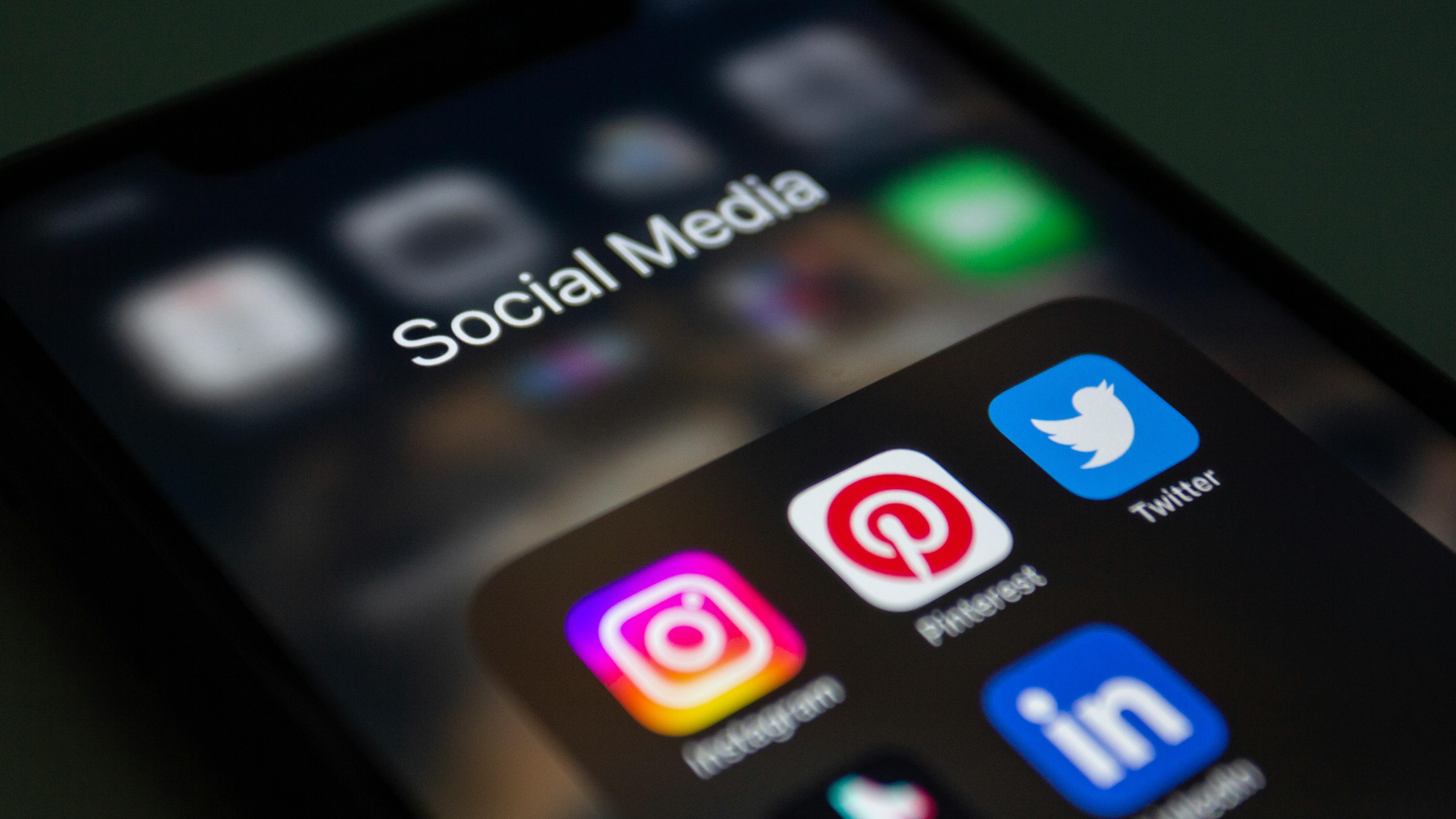The Silent Revolution: Introversion in the Age of Social Media
In a world that seems to celebrate extroversion, a quiet revolution is taking place. Introverts, long misunderstood and often overlooked, are finding their voice and reshaping social dynamics in the digital age. This shift is challenging long-held assumptions about personality, success, and social interaction, forcing us to reconsider what it means to be connected in today's hyper-social world. Read below to explore how introversion is being redefined and embraced in our increasingly online society.

The Misunderstood Introvert: Debunking Myths
Introversion has long been shrouded in misconception. Often conflated with shyness or social anxiety, introversion is actually a preference for less stimulating environments and more time for internal reflection. Psychologists define introverts as individuals who recharge their energy through solitude, in contrast to extroverts who gain energy from social interaction. This fundamental difference in how people process stimuli and recharge has significant implications for how introverts navigate the world, especially in our increasingly connected digital age.
Historical perceptions of introversion have been largely negative, with Western societies often valuing extroverted traits such as assertiveness and sociability. This bias has led to challenges for introverts in educational and professional settings, where group work and networking are often prioritized. However, recent research has begun to challenge these assumptions, highlighting the unique strengths that introverts bring to the table, such as deep thinking, creativity, and the ability to form meaningful connections.
The Digital Sanctuary: How Social Media Empowers Introverts
Social media platforms have emerged as unexpected allies for introverts. These digital spaces allow for controlled social interaction, giving introverts the ability to engage on their own terms. Unlike face-to-face interactions, which can be draining for introverts due to their high-stimulus nature, social media provides a buffer that allows for more measured and thoughtful communication.
Platforms like Twitter, Instagram, and LinkedIn have become digital sanctuaries where introverts can express themselves without the immediate pressure of real-time social interaction. This has led to the emergence of online communities centered around introversion, where individuals can share experiences, offer support, and celebrate their unique perspectives. The asynchronous nature of these platforms aligns well with the introverted preference for processing information and formulating responses at their own pace.
The Introvert Advantage in the Digital Workplace
As remote work becomes increasingly prevalent, introverts are finding themselves in an environment that plays to their strengths. The digital workplace often requires skills that introverts excel at, such as written communication, independent work, and deep focus. Video conferencing, while still requiring social interaction, provides a level of distance that many introverts find more comfortable than in-person meetings.
Companies are beginning to recognize the value of introverted traits in the digital age. The ability to work autonomously, think deeply about complex problems, and communicate effectively in writing are highly prized in many industries. This shift is leading to a reevaluation of workplace dynamics and a greater appreciation for diverse personality types and work styles.
Redefining Social Connection in the Digital Era
The digital age is prompting a reconsideration of what it means to be social. While traditional metrics of social success often revolved around the quantity of interactions, there’s a growing recognition of the value of quality connections. Introverts, who typically prefer deeper, more meaningful relationships, are at the forefront of this shift.
Online platforms allow introverts to curate their social circles more deliberately, focusing on connections that align with their interests and values. This selective approach to social interaction is challenging the notion that more is always better when it comes to socializing. Instead, there’s a growing appreciation for the depth and authenticity of relationships, regardless of their number or frequency of interaction.
The Future of Introversion: Balancing Digital and Real-World Engagement
As we look to the future, the question arises: how will introverts navigate a world that increasingly blends digital and physical interactions? The challenge lies in leveraging the benefits of digital connectivity while maintaining the authentic, in-person connections that are vital for personal growth and well-being.
Experts suggest that the key lies in finding a balance. While digital platforms offer valuable tools for self-expression and connection, they should complement rather than replace real-world interactions. For introverts, this might mean using social media to initiate connections that can then be deepened through more personal forms of communication.
As society becomes more aware of the strengths and needs of introverts, we may see changes in how spaces are designed, how work is structured, and how social interactions are facilitated. The goal is to create environments that allow both introverts and extroverts to thrive, recognizing that diversity in personality types contributes to a richer, more innovative society.
In conclusion, the digital age has ushered in a new era for introverts, providing tools and spaces that align with their natural tendencies. As we continue to navigate this evolving landscape, the contributions of introverts to our social fabric are becoming increasingly recognized and valued. The silent revolution of introversion in the age of social media is not about overshadowing extroversion, but about creating a more inclusive understanding of human interaction and potential.





